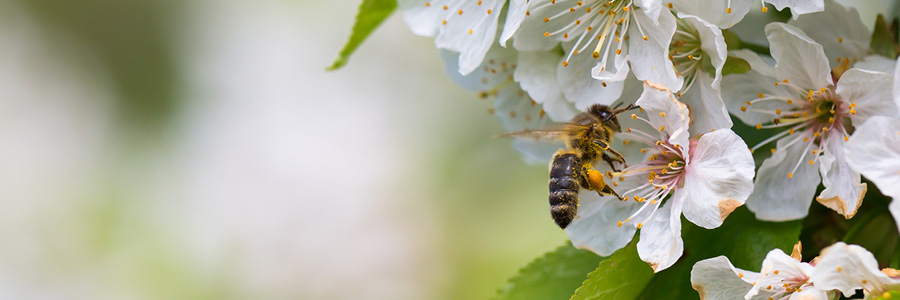


Sign-up for {N}power to get exclusive discounts, newsletters, members-only features, and more!
 Denver - Design District - Alameda and Broadway
Denver - Design District - Alameda and Broadway
368 S Broadway
Denver, CO 80209
United States
 Preferred Store:
Select a Store
Preferred Store:
Select a Store


“To make a prairie it takes a clover and one bee,One clover, and a bee, and revery. The revery alone will do, if bees are few.” ―Emily Dickinson
The Present: Bees and other pollinators are becoming few at an alarming rate!
Why should we care about pollinators? More than 75 percent of the world’s major food crops rely at least in part, including many nutrient-rich nuts, fruits, and veggies, would disappear without them. Chocolate, blueberries, and coffee are just a handful of foods that require pollinators to exist. Talk about essential! Every time we bite into an apple, take a sip of coffee or dip into guac, these overlooked creatures deserve a moment of gratitude!
What’s happening to the bees? Many factors are contributing to the decline of our indispensable insect friends, including climate change and the following:
Fortunately, we can all be a part of the solution, and one of the most effective places to start is by choosing organic. Organic standards require farmers to preserve biodiversity and natural resources. They use integrated pest management systems, reducing the need for chemicals, with practices like providing habitats for beneficial insects. Toxic synthetic pesticides and neonicotinoid-coated seeds are prohibited. Organic principles recognize that every small component of an ecosystem is vital to its function, and organic certification provides accountability for upholding these principles. As the naturalist, John Muir, once stated, "When we try to pick out anything by itself, we find it hitched to everything else in the Universe."



Sign-up for {N}power to get exclusive discounts, newsletters, members-only features, and more!
